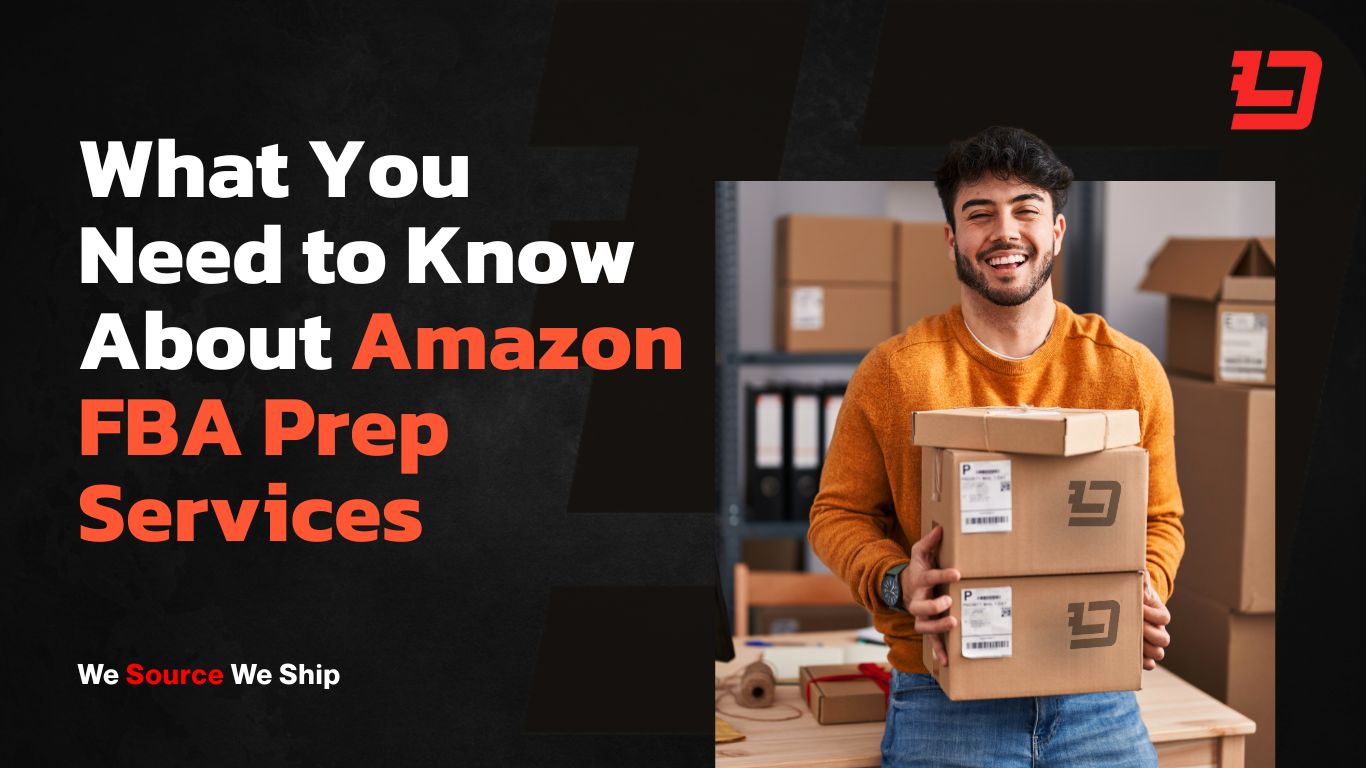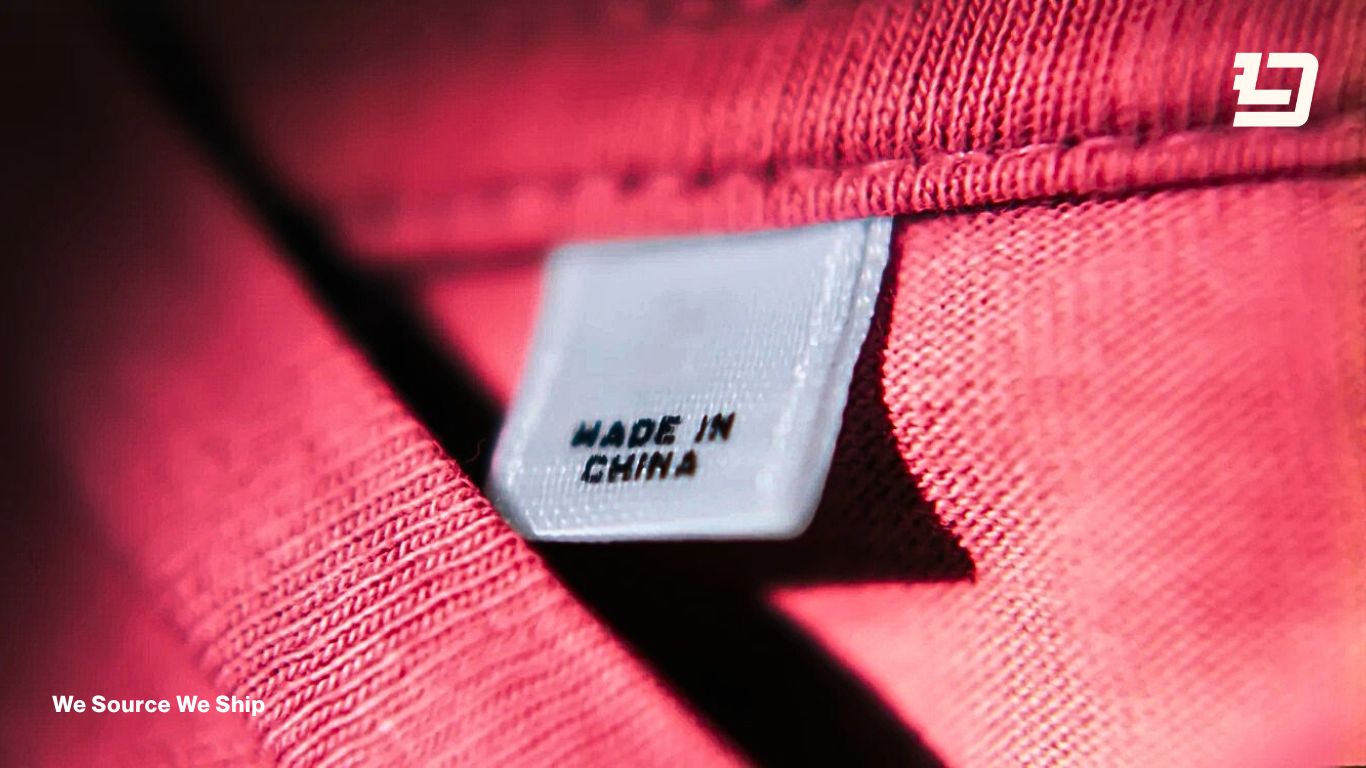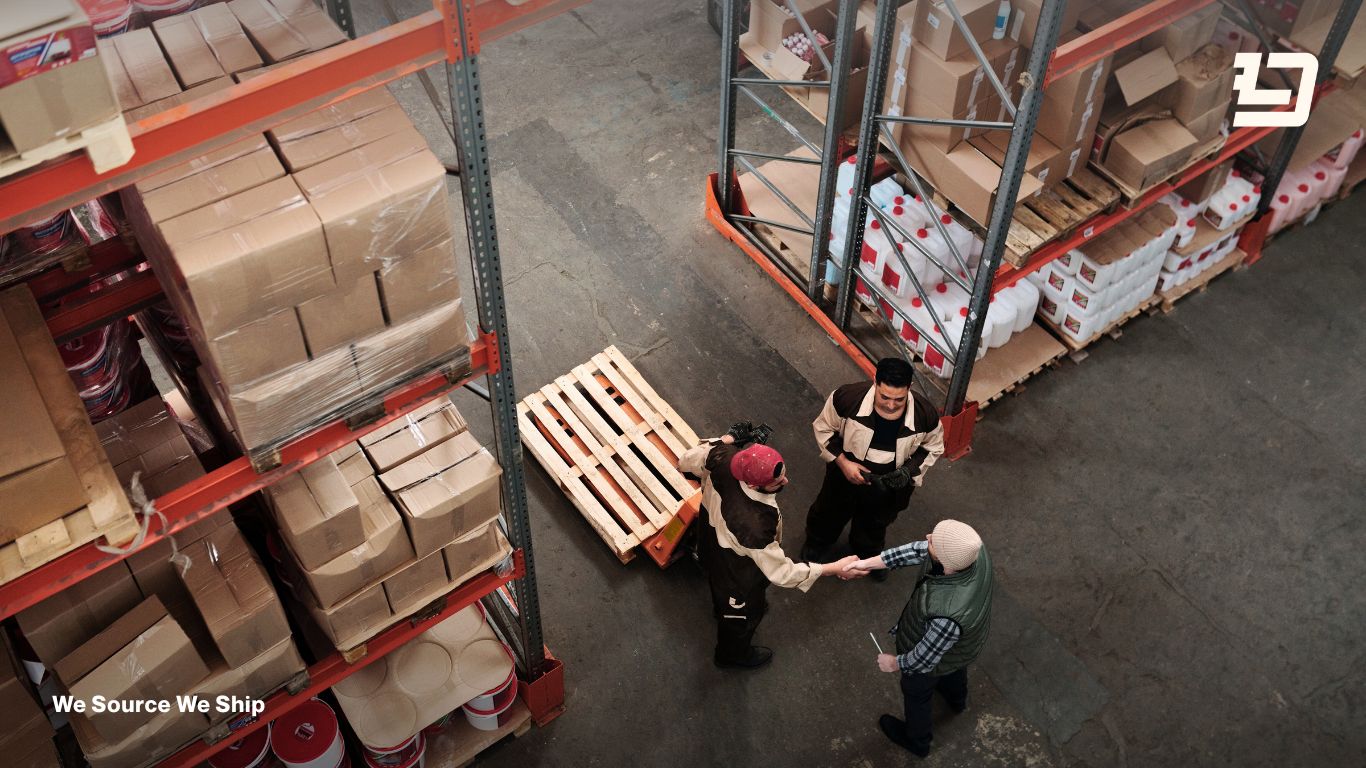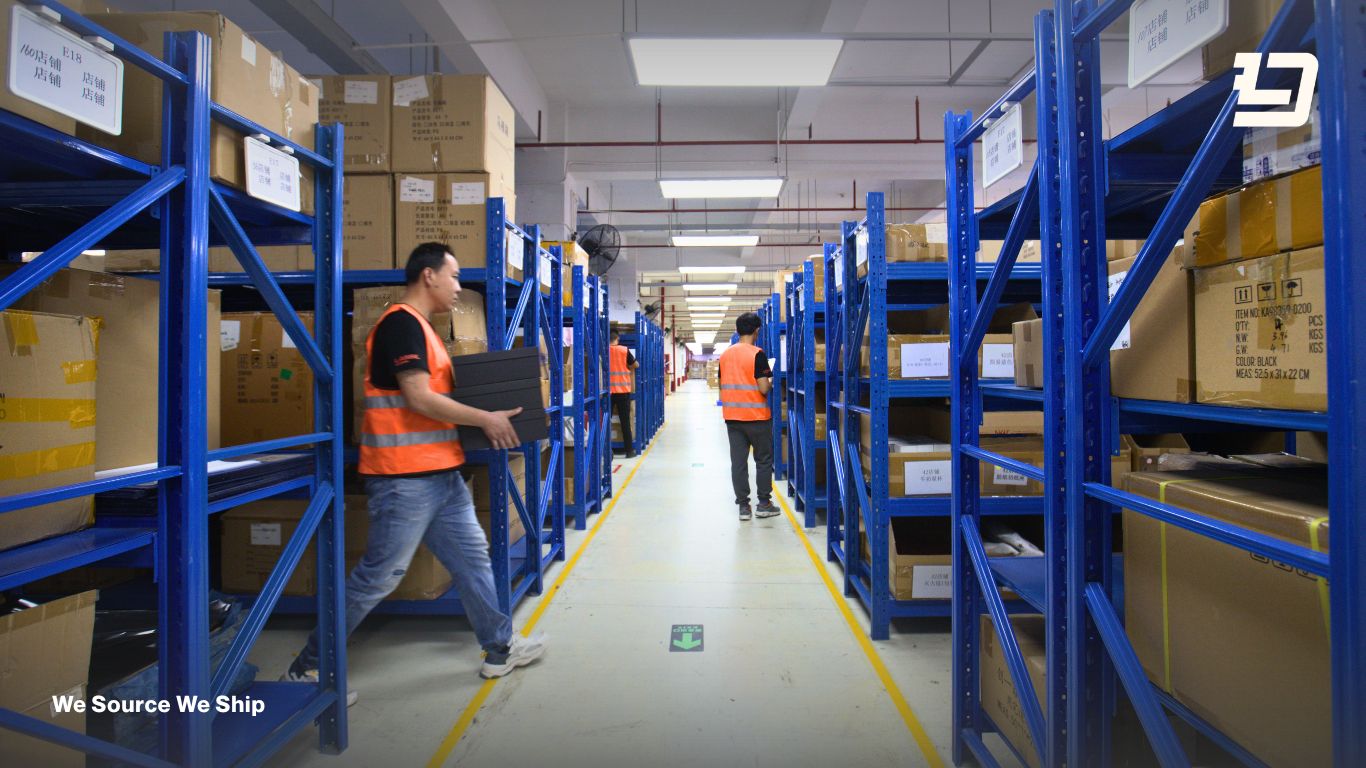Shipping products to Amazon is not as simple as sealing a box and calling a courier. Every unit must meet Amazon’s strict prep standards. If a barcode is missing, a carton is overweight, or a product is not wrapped correctly, Amazon can reject it or charge extra fees.
Starting January 1, 2026, Amazon will end in-house prep and labeling in the United States. Sellers will need to handle all compliance on their own.
The timing makes this shift even more critical. Amazon’s U.S. ecommerce sales are projected to reach $486.6 billion in 2025, capturing over 40 percent of the online retail market. At the same time, surveys show that nearly 82% of sellers now use FBA to fulfill their orders, highlighting just how dominant the program has become.
For established brands, FBA prep is no longer just a checklist. It is a key part of your growth strategy.
What FBA Prep Services Do
Amazon FBA prep covers the steps needed to make your inventory acceptable to Amazon’s warehouses. A prep service — often a third-party logistics company — takes your goods, prepares them, and sends them to Amazon.
Typical services include:
- Inspection: Counting items, checking quality, and confirming SKUs.
- Labeling: Adding FNSKU barcodes, suffocation warnings, or “sold as set” stickers.
- Protective packaging: Using bubble wrap, polybags, or cartons to meet Amazon rules.
- Kitting and bundling: Creating multipacks or sets that are ready for sale.
- Shipping prep: Packing items into approved cartons, adding Amazon shipping labels, and scheduling delivery.
Done properly, this prevents delays and penalties while keeping your account in good standing.
Amazon’s Key Prep and Packaging Rules
Amazon’s standards cover labels, boxes, packaging, and pallets. Here are the basics:
- Labels: Every unit usually needs an FNSKU barcode. Some also need suffocation warnings or “sold as set” notices. Labels must be flat and easy to scan.
- Boxes: Use strong, double-wall cartons. The standard limit is 25 x 25 x 30 inches and 50 pounds per box unless approved otherwise.
- Packaging: Only certain materials are allowed, like bubble wrap, polybags, or foam sheeting. Loose fill such as peanuts or shredded paper is not allowed.
- Bundles: Multipacks must be packaged as single units and clearly marked.
- Pallets: Pallet shipments must follow Amazon’s rules for wrapping, stacking, and labeling.
Skipping these steps can put your shipment in Amazon’s “problem area” or get it sent back.
DIY FBA Prep vs Professional Services
Sellers often debate whether to do prep themselves or outsource it. Here’s how they compare.
DIY Prep
Prepping your own products gives you control and may save money at very low volumes. For small sellers shipping fewer than 200 units a month, DIY can work. But as volume grows, prep becomes time-consuming. Storage space fills up fast, and mistakes with labeling or packaging become costly.
Professional Prep Services
Professional prep centers specialize in this work. They use trained staff, approved materials, and systems designed to meet Amazon’s rules. Costs are usually $1–2 per unit, but outsourcing saves time and prevents costly errors. Many services also provide inspection and storage options.
| Factor | DIY Prep | Prep Center |
|---|---|---|
| Cost per Unit | Lower for small volumes | $1–2 depending on complexity |
| Time Needed | High, you do the work | Low, handled by staff |
| Scalability | Difficult beyond a few hundred units | Built for thousands of units |
| Compliance Risk | Higher, easy to miss details | Lower, experts know the rules |
| Storage | Requires your own space | Storage often included |
| Focus | Time spent on labels and packaging | More time for marketing and growth |
What to Look for in a Quality FBA Prep Service
Finding the right FBA prep partner is about more than price. You’re trusting them with your products and your ability to stay compliant with Amazon. Here are the main things to check:
Experience with Amazon Rules
Your partner should already understand Amazon’s prep and packaging standards. Ask if they’ve worked with products similar to yours.
Clear and Fair Pricing
A good prep service will explain all fees upfront — for labeling, storage, packaging, and extras. You don’t want surprises later.
Speed and Reliability
Look for centers that can process shipments quickly, usually within a few days. Delays at this stage can leave your products out of stock.
Location Advantage
Prep centers near Amazon fulfillment warehouses or close to your supplier help reduce shipping costs and transit time.
Quality Checks
The best services inspect products as they arrive. Catching damaged or missing items early saves you from customer complaints and returns.
Storage Options
Sometimes you don’t want to send everything to Amazon at once. Flexible storage gives you more control over how and when inventory moves.
Communication and Updates
You should always know where your products are. Good providers keep you updated with simple reports or dashboards.
Questions to Ask Potential Prep Services
Before you commit, ask a few simple questions to see if a provider is the right fit:
- How much experience do you have with products like mine?
- What is your standard turnaround time, and how does it change during peak seasons?
- How do you handle damaged goods or inventory mistakes?
- Can you support special packaging or prep needs? What is the cost?
- How will you keep me updated on my shipments and inventory?
Clear answers will tell you if a service is reliable.
Preparing for the 2026 Transition
Amazon’s decision to end in-house prep means sellers should act now. Don’t wait until the deadline. Start testing prep centers early so you can see how they handle your products. Audit your catalog to find items that need extra care, like fragile or bundled goods. Ask suppliers if they can handle some prep tasks, such as adding barcodes before shipping. Build a small buffer of inventory so mistakes don’t affect sales. And consider working with more than one prep center to reduce risk.
Acting early will save you from scrambling when Amazon’s rules change in 2026.
Example: A Brand That Outsourced Prep
Imagine a lifestyle brand selling glass bottles. If they prepped in-house, they would need to barcode, bubble wrap, and box thousands of bottles, then manage Amazon shipping plans. Each mistake would risk rejection.
By outsourcing, the brand’s prep center handled everything: inspection, labeling, wrapping, and compliance checks. The bottles were shipped directly to Amazon, ready for sale. The brand saved time, avoided compliance errors, and focused on marketing new designs.
Amazon’s 2026 policy change puts full responsibility for prep on sellers. DIY can work for small operations, but most growing brands should choose a professional service for speed, compliance, and peace of mind. The sooner you start preparing, the smoother your transition will be.
If you want to simplify prep and scale confidently, Lansil Global is ready to help. We provide Amazon-ready prep, quality checks, and fulfillment solutions tailored to ecommerce brands. Contact us to get started.








